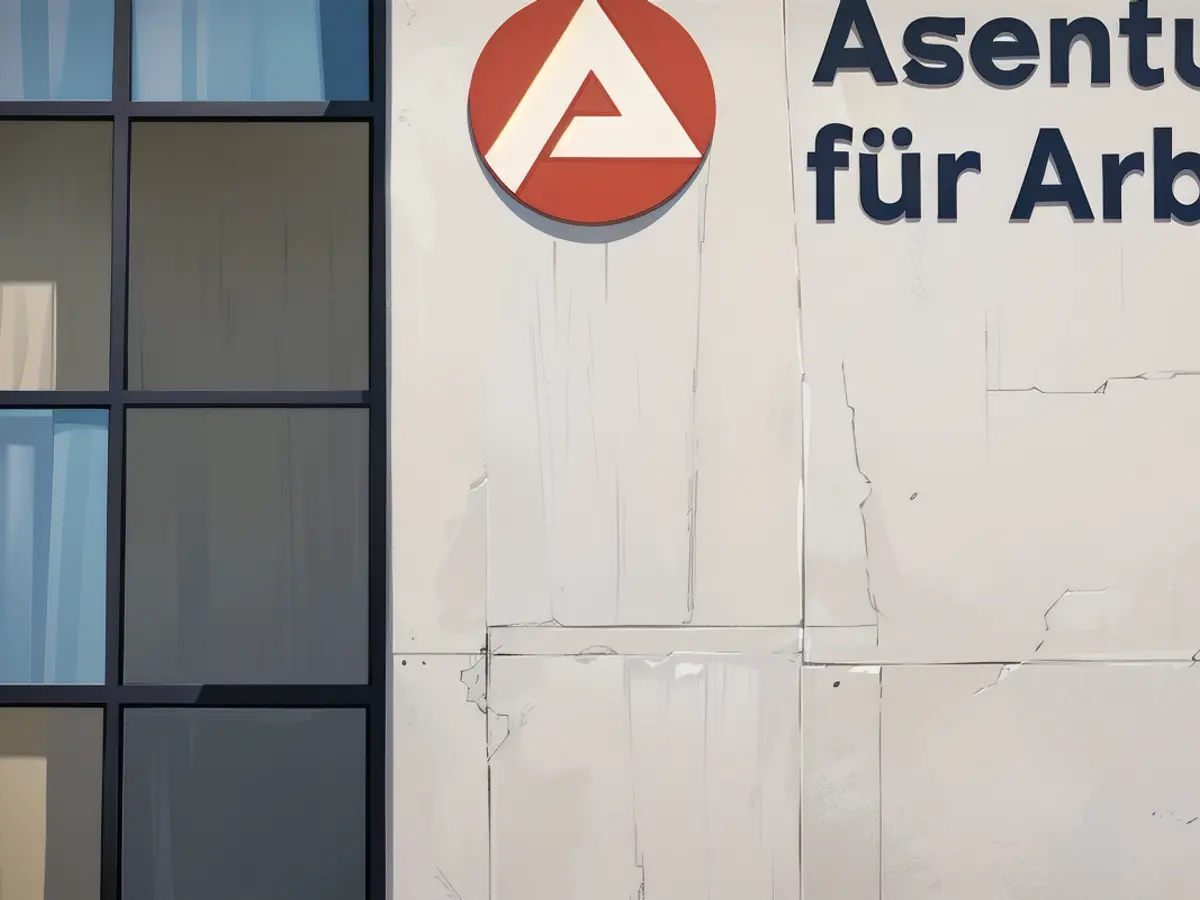Numerical data analysis - Decline in Unemployment: Minimal Progress on the Job Front
The number of jobless individuals in Thuringia in May slightly decreased compared to the previous month, dropping by 1,400 to 67,800 according to a statement released by the Regional Directorate of the Federal Employment Agency in Halle. The proportion of the population who are unemployed also saw a minor decline, with the rate falling by 0.2 percentage points to 6.1%. In May of the previous year, there were 63,100 unemployed, with the rate standing at 5.8%.
Nationally, the unemployment rate in May fell by 0.2 percentage points to 5.8%. The Head of the Regional Directorate of the Federal Employment Agency, Markus Behrens, described the current economic climate as "still subdued".
A divided job market
Behrens commented on the job market, stating that "it's divided". "While the overall rate in May was 6.1%," he said, "the share for skilled workers is significantly lower." The average unemployment rate for skilled workers in May was 4%, while that for unskilled workers was 30%. Highly trained employees are in high demand due to various reasons. "Companies face various challenges such as digitalization, automation, energy transition, and the demographic change and the resulting skilled worker shortage," explained Behrens. These factors have slowed down dynamics.
The overall demand for labor also saw a decrease. Employers reported 2,700 new jobs in May, meaning there were 200 fewer than in April and almost 300 fewer than a year ago. "Companies reported fewer vacant positions than before," said Matthias Kreft, managing director of the Thuringian Association of Industry and Commerce (VWT), "but the current number of 15,000 vacancies is still very high." High costs and fewer orders have created a challenging economic situation, leading companies to withhold hiring despite a high demand for skilled workers. "They're still hanging on to their employees in their companies," said Kreft.
Long-term unemployment remains high
The Regional Directorate also showed little change in long-term unemployment. In May, approximately 23,500 men and women had been jobless for over a year. This was 3,100 more than the previous year and only around 150 fewer than the previous month. The rate of long-term unemployed among all the unemployed was 34.6%. Kreft spoke of a "worryingly high" share, pleading for more federal government funds to help address the issue. "Employees in job centers need more opportunities for targeted sanctions in the event of a lack of cooperation from the unemployed," he added.
The regions with the highest unemployment rates were Gera (9.6%), Altenburg district (9.1%), and Nordhausen district (8.3%). The districts with the lowest number of unemployed were Eichsfeld (4.2%), Weimar district (4.4%), and Hildburghausen district (4.5%).
The Regional Directorate used data up to May 15 for the statistics.
Read also:
- The unemployment rate among skilled workers in Thuringia in May was significantly lower than the overall rate, at 4%, while the rate for unskilled workers was much higher at 30%.
- The Regional Directorate of the Federal Employment Agency in Halle reported that the unemployment rate in Men in Thuringia decreased slightly in May, dropping by 1,400 to 34,200.
- Women in Thuringia also saw a minor decrease in unemployment, with the number of jobless individuals dropping by 1,000 to 33,600 in May.
- The Labour market in Erfurt, a city in Thuringia, also experienced a slight decline in unemployment, with the number of unemployed individuals decreasing by 200 to 9,600 in May.








